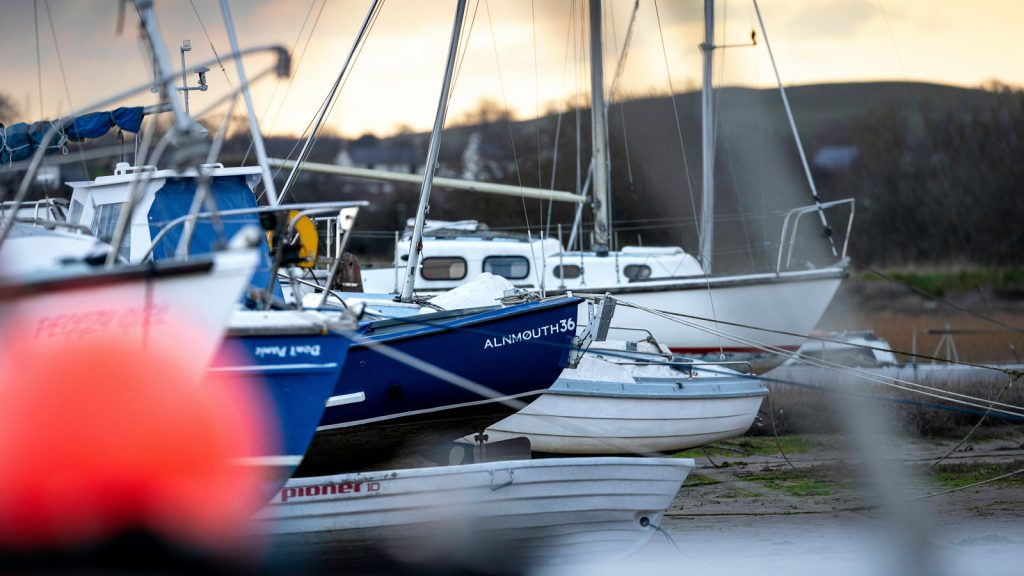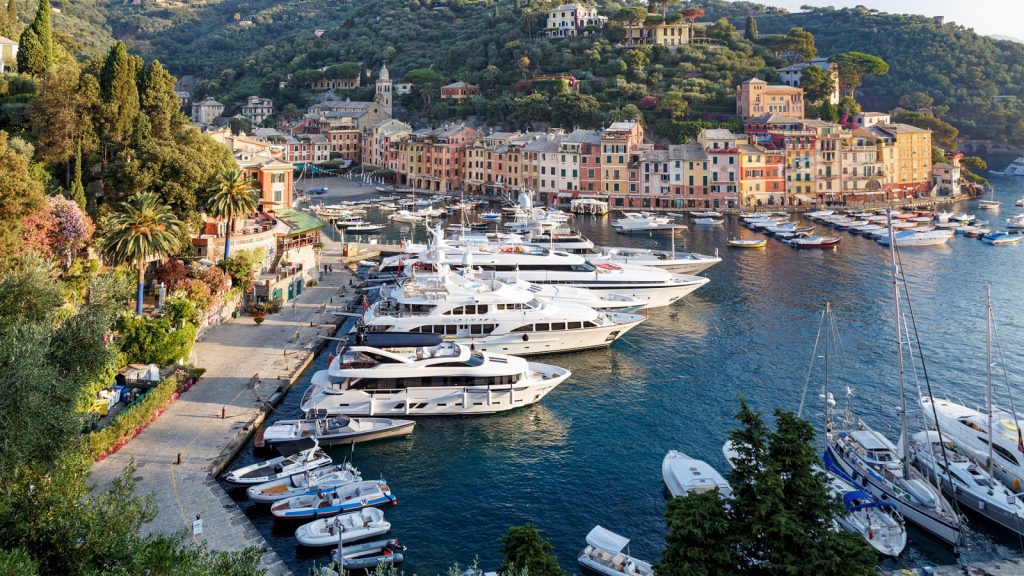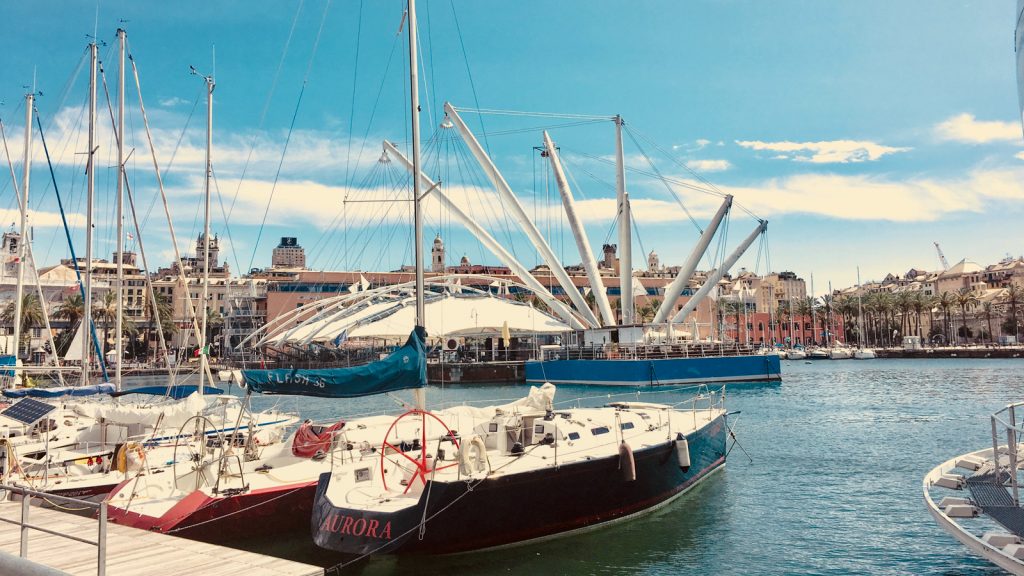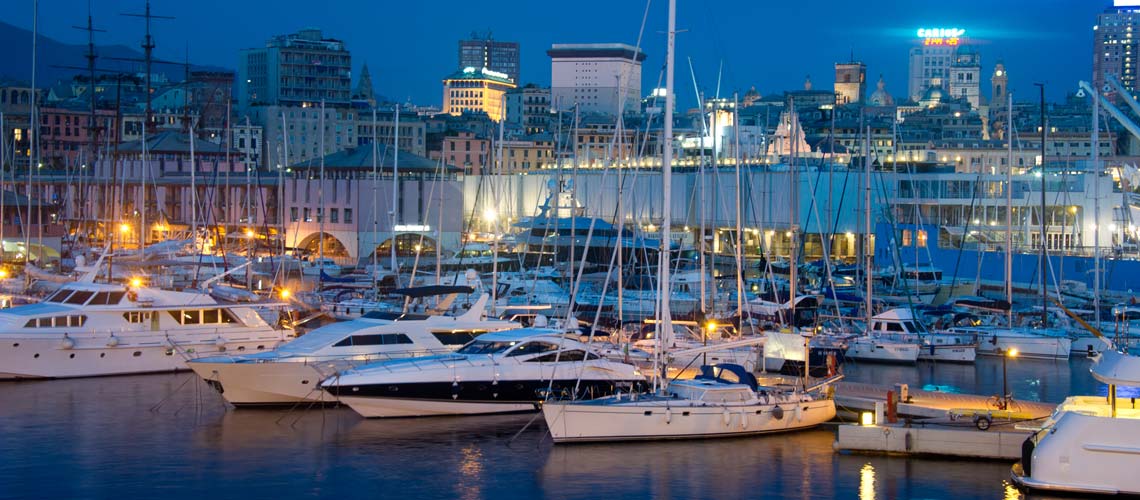How does transit mooring work? In other words: what does the current legislation say regarding
the availability of berths for boaters who do not intend to stay long in a port,
but rather make a brief stop at the moorings before resuming their journey? The
typical case where transit mooring is necessary is that of a quick errand in
the port or its immediate vicinity, with the crew engaged, for example, in provisioning during
a cruise. It’s not too surprising to discover that, for years, transit mooring has been
poorly regulated: the entire regulatory framework for tourist ports has long been fragmented. To
be honest, it’s worth remembering that the basic law on recreational boating n. 50/71 did not address the topic at all,
with the issue of moorings (transit and otherwise) remaining essentially without rules. Over time
something had been done: some ministerial circulars had been issued, which stipulated
that tourist port structures under state concession should dedicate 10% of their berths
specifically to transit mooring. For a long time, however, these circulars remained in the background: it was
finally the new Nautical Code that truly regulated transit mooring. Let’s see
therefore what the obligations are for tourist ports, when transit mooring is free, and so on.

What the Nautical Code Says About Transit Mooring
To discover the current regulation governing transit mooring, it’s best to refer to Article 49-novies
of the Nautical Code inserted by Art.33 of Legislative Decree 229/17. Here it states that the structures
that must comply with the obligations related to transit mooring are “the concessionaires of structures
dedicated to recreational boating as per Article 2, paragraph 1, letters a) and b), of the Decree of
the President of the Republic of December 2, 1997, n. 509″. These recreational ports are permanently obliged
“to reserve for recreational vessels, sail or motor, sections of quay for transit
moorings or vessels seeking refuge, commensurate with the dimensions of the units to be moored in
terms of size, draft, residual agitation at mooring and plant equipment with
similar performance to other moorings in the concession”. We will see in the next paragraph specifically
how many berths must actually be reserved for transiting boaters; it’s good
however to immediately understand what the conditions of this mooring are: “the quay sections are reserved for
a maximum duration of 72 hours, renewable for a further period of equal duration in cases of vessel breakdown,
unless the stay beyond these terms is justified by reasons of navigation safety”. Regarding the price, the Nautical Code clarifies beyond any
doubt that mooring for recreational vessels in transit or that
a time not less than 4 hours daily identified by the concessionaire in the time slot from
9:00 AM to 7:00 PM and for no more than three moorings within each month”. So here
transit mooring can be free, for a minimum duration of 4 hours and within the time
slot communicated by the legislator; in closing the paragraph, it is then specified that “the rates and
schedules relating to the free use of transit or refuge moorings are made public by
the manager of the ports and tourist marinas”.

How Many Berths Must Be Reserved for Transit
One thing is certain: it would make little sense to communicate the obligation to guarantee berths for
transit mooring without specifying how many moorings must actually be left free
by ports for this purpose. This is where paragraphs 2 and 3 of the aforementioned Article 49
novies are valuable, regulating respectively the number of berths to be assigned for transit, which
specify the number of moorings to be reserved for this purpose in the period between June 15 and
September 15: it’s 8% of the available berths in the structure. As for
the rest of the year (and therefore from mid-September to mid-June, when tourist ports are
decidedly less crowded) the number of berths to be reserved for transit mooring is:
2 berths for up to 50 berths
3 berths for up to 100 berths
5 berths for up to 150 berths
10 berths for up to 250 berths
15 berths from 251 to 500 berths
20 berths from 501 to 750 berths
25 berths over 750 berths

Mooring Berths Reserved for People with Disabilities
Paragraph 3 instead regulates specifically the number of berths to be assigned for transit
mooring of units – boats or recreational craft – operated by people with disabilities or
having people with disabilities on board. For the summer period, from June 15 to September 15,
the berths dedicated to this purpose must correspond to at least 1% of the total.
For the rest of the year, it’s:
1 berth for up to 80 berths
2 berths for up to 150 berths
3 berths for up to 300 berths
4 berths from 300 to 400 berths
6 berths from 400 to 700 berths
8 berths over 700 berths
The berths to be assigned for transit mooring of recreational units with people with disabilities
should be chosen – as reported in the Nautical Code – among those with easier access,
and with a reduced distance from electricity and water supply points. It should be
noted that, as reported in paragraph 5, units operated by people with disabilities or with people
with disabilities on board who wish to use a transit mooring must communicate
to the manager of the tourist port the arrival time, at least 24 hours in advance, under penalty of forfeiture
of the right to transit mooring; this is because, as reported in paragraph 6, “the mooring place
reserved for people with disabilities, when not engaged for this purpose, can be occupied by other
units”.


